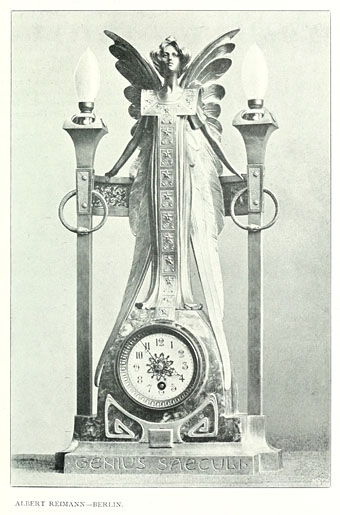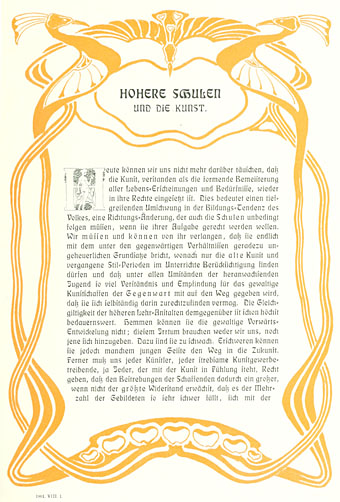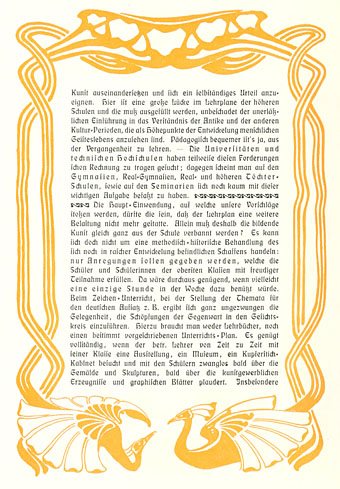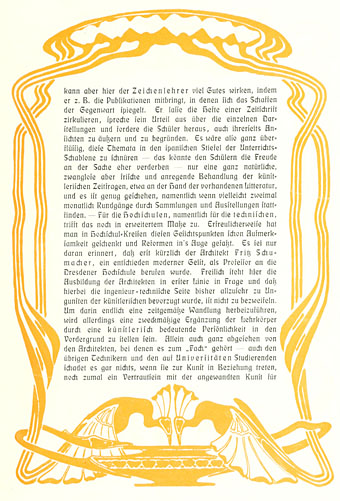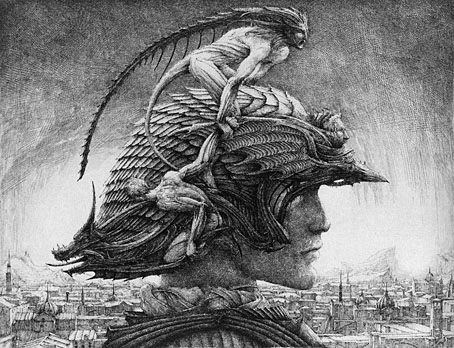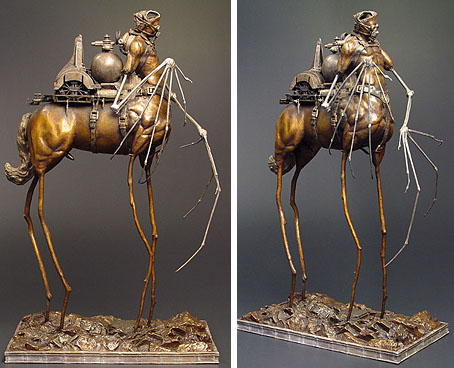
Century of Progress.
While the web has given many artists a visibility they wouldn’t have had in the past, too many artists’ sites are blighted by the dreaded “Artist’s statement” in which people who express themselves visually are forced to try and articulate for the paying customers what it is they’re doing with all this art stuff. Nowhere will you find anyone saying “I don’t know what I’m doing” or “I do this because I’m compelled to but don’t know why” or even “I do this to make a living”. All too often what you get is a rifle through the favourite jargon phrases of the social sciences where the polysyllabic words seem important but are as worn out and redundant as any of the examples George Orwell complained about sixty years ago in ‘Politics and the English Language‘.
All of which is a very long-winded and polemical way of saying I loved Ron Rodgers’ artist’s statement:
“That’s what his stare has been saying to me all this time:
‘At least I galloped – when did you?'”
– Peter Shaffer, from “Equus”
Here’s hoping more artists follow his example. There’s more of his art at the Glass Garage Gallery. Via Monsieur Thombeau who has a knack for finding good things.
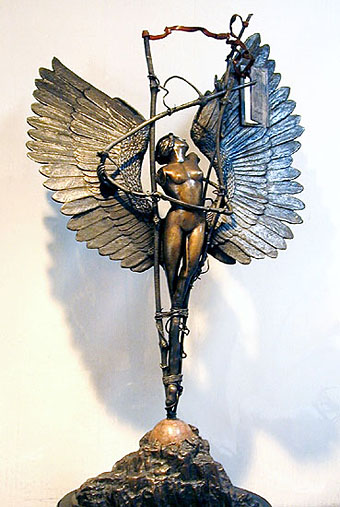
Phoenix.
Previously on { feuilleton }
• Geoffrey Haberman’s brass insects
• The art of Arnaldo Pomodoro
• The art of Sergei Aparin
• Sculptural collage: Eduardo Paolozzi
• The art of Igor Mitoraj

